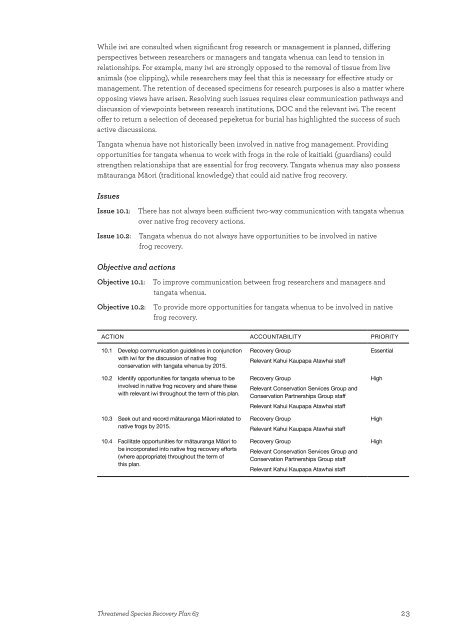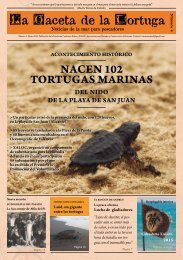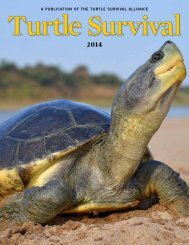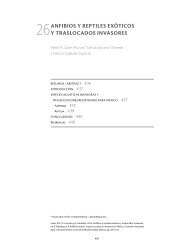tsrp63entire
tsrp63entire
tsrp63entire
You also want an ePaper? Increase the reach of your titles
YUMPU automatically turns print PDFs into web optimized ePapers that Google loves.
While iwi are consulted when significant frog research or management is planned, differing<br />
perspectives between researchers or managers and tangata whenua can lead to tension in<br />
relationships. For example, many iwi are strongly opposed to the removal of tissue from live<br />
animals (toe clipping), while researchers may feel that this is necessary for effective study or<br />
management. The retention of deceased specimens for research purposes is also a matter where<br />
opposing views have arisen. Resolving such issues requires clear communication pathways and<br />
discussion of viewpoints between research institutions, DOC and the relevant iwi. The recent<br />
offer to return a selection of deceased pepeketua for burial has highlighted the success of such<br />
active discussions.<br />
Tangata whenua have not historically been involved in native frog management. Providing<br />
opportunities for tangata whenua to work with frogs in the role of kaitiaki (guardians) could<br />
strengthen relationships that are essential for frog recovery. Tangata whenua may also possess<br />
mātauranga Māori (traditional knowledge) that could aid native frog recovery.<br />
Issues<br />
Issue 10.1:<br />
Issue 10.2:<br />
There has not always been sufficient two-way communication with tangata whenua<br />
over native frog recovery actions.<br />
Tangata whenua do not always have opportunities to be involved in native<br />
frog recovery.<br />
Objective and actions<br />
Objective 10.1:<br />
Objective 10.2:<br />
To improve communication between frog researchers and managers and<br />
tangata whenua.<br />
To provide more opportunities for tangata whenua to be involved in native<br />
frog recovery.<br />
Action Accountability Priority<br />
10.1 Develop communication guidelines in conjunction<br />
with iwi for the discussion of native frog<br />
conservation with tangata whenua by 2015.<br />
10.2 Identify opportunities for tangata whenua to be<br />
involved in native frog recovery and share these<br />
with relevant iwi throughout the term of this plan.<br />
10.3 Seek out and record mātauranga Māori related to<br />
native frogs by 2015.<br />
10.4 Facilitate opportunities for mātauranga Māori to<br />
be incorporated into native frog recovery efforts<br />
(where appropriate) throughout the term of<br />
this plan.<br />
Recovery Group<br />
Relevant Kahui Kaupapa Atawhai staff<br />
Recovery Group<br />
Relevant Conservation Services Group and<br />
Conservation Partnerships Group staff<br />
Relevant Kahui Kaupapa Atawhai staff<br />
Recovery Group<br />
Relevant Kahui Kaupapa Atawhai staff<br />
Recovery Group<br />
Relevant Conservation Services Group and<br />
Conservation Partnerships Group staff<br />
Relevant Kahui Kaupapa Atawhai staff<br />
Essential<br />
High<br />
High<br />
High<br />
Threatened Species Recovery Plan 63<br />
23





